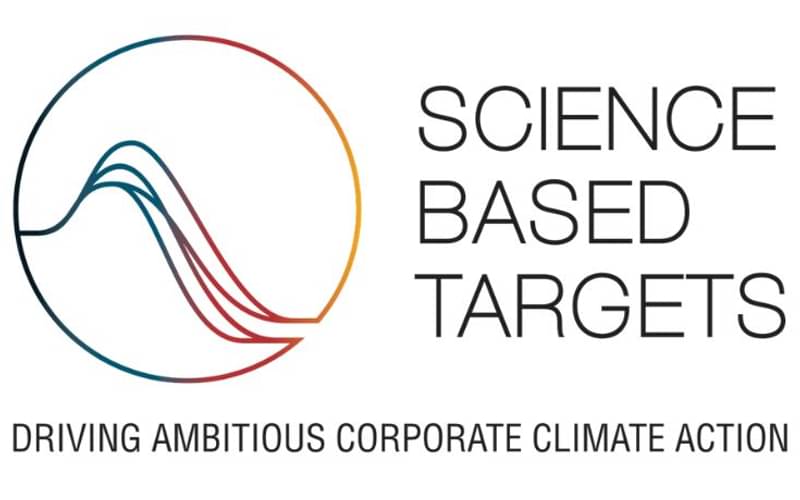Südpack’s greenhouse gas reduction targets validated by the SBTi
At the end of 2023, the company submitted its targets to the Science Based Targets Initiative (SBTi) for reducing greenhouse gas emissions and for improving its carbon footprint. Two years after signing the commitment Letter, the company was validated in April 2024.
25 Apr 2024 | By Abhay Avadhani
In its 2030 sustainability strategy, the film manufacturer Südpack consolidated a series of measures and initiatives in the Net Zero central area of action, which aims to reduce harmful emissions in accordance with the SBTi. The SBTi is a joint initiative of CDP, UNGC, WRI and WWF, and has indicated that, like Südpack, more than 5,000 companies worldwide have already anchored climate protection at a corporate level and have defined SBTi targets to be able to limit global warming to 1.5°C.
The submission of the climate targets was preceded at Südpack by analysis of the Corporate Carbon Footprint (CCF) of all production sites and sales offices. The emissions for 2021 and 2022 were recorded and evaluated, and 2021 was set as the base year for measuring progress.
The scope 1 and scope 2 emissions according to the Greenhouse Gas Protocol Standard are taken into account. They cover the direct activities of the company as well as its energy requirements. In addition, Südpack includes part of the scope 3 emissions since these account for approximately 90% of the total emissions for the manufacturer of films, particularly in the field of purchased goods and end-of-life disposal.
Within the scope of its Net Zero aim, Südpack has committed itself to reducing its greenhouse gas emissions by 76% in scope 1 & 2 by 2030. For indirect emissions, a reduction target of 25% has been set for scope 3 in the “purchased goods and services” category. Building on these targets, Südpack is currently developing its CO2e reduction projects, which will be rolled out for the entire company.
When it comes to renewable energy, Südpack’s German production sites operate using 100% green electricity, part of which is produced by the company’s own PV systems. Progress is also being made in transitioning the product portfolio to sustainable solutions.
The focus is on reducing material use and on developing recyclable mono materials. In the future, emissions will also be under radar when goods are purchased, for example by using granules made from renewable raw materials.
“To evaluate the environmental impact of a film or packaging concept over its entire life cycle, we developed an LCA tool in 2023 that also takes account of recycling options after the use phase,” said Valeska Haux, vice-president, strategic marketing and sustainability at Südpack.
Südpack is also concentrating on mechanical and chemical recycling in order to recycle existing plastics. “Our commitment to mechanical material management as well as the future-oriented recycling technology from Carboliq is more than just an effective contribution to CO2 reduction. It is also an important impetus for a circular economy in the plastics and packaging industry as well as an essential building block in this necessary process of transformation,” highlighted Haux.


